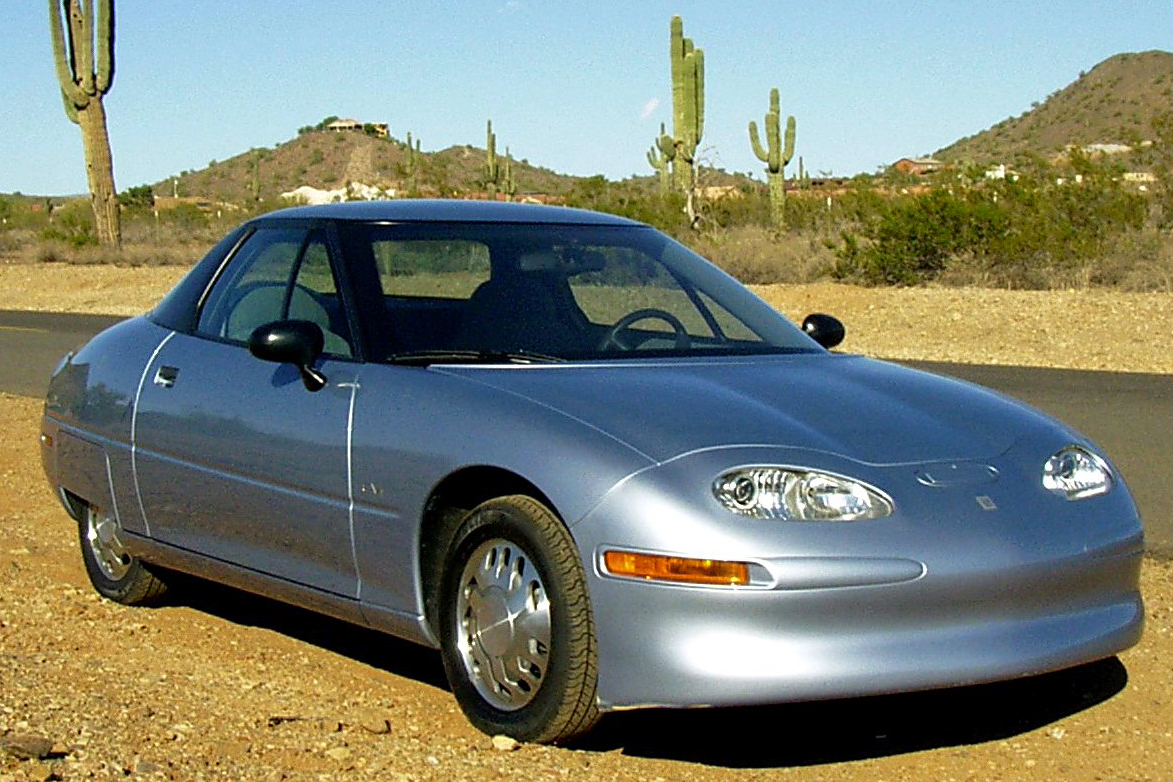It seems the gas sector is trying to become indispensible as part of district heating solutions around the world. It reasons only with its own potential and a methane shortage is not on the horizon. Sadly banks are not making a choice for this industry, in fact banks seem to see it as their refuge now that coal is losing its Salonfähigkeit. What is someone who really wants to cut CO2 emissions to do?
Don’t start about Hydrogen please. As things stand Hydrogen is going to be produced from methane through steam reforming. In the unlikely case it is going to be produced from wind energy or solar it will waste nearly 60% of the energy, so your solar panel now has a yield of not 18% but 8% or your windpark is not generating 10GW but effectively 5GW. There is a Nitrogen infrastructure, for NH3 ammonia, but not any real one for H2. It is more efficient to ship power in batteries by rail to where it needs to go than to convert it to H2 and pipe it somewhere. H2 is a so called “Delay strategy” to protect Methane sales.
So what then? Heat, where do you get it? We say : Wind. How? Mechanical friction. Heat is the easiest thing to produce in the world, its has the lowest entropy of different kinds of energy. Compare these ideas :
Wind -> generator -> cable -> convert to H2 -> burn -> Heat
or
Wind -> Friction -> Heat. Then Move heat to consumer.
Of course it’s not that simple, especially when your turbines are at sea, the question is if they need to be but ok. We have a trick up our sleave and a role for H2 to play as well!

The above image is from a project run in Australia almost a decade ago, we came across it then. It was about storing solar heat by splitting ammonia into N2 and H2, to then recombine them later to generate heat. We have not calculated how you could do this with fricion heat from wind and how practical it is, but your heat can be generated and stored.

Another way to do it is to have smaller turbines by the coast (for The Hague for example) ones you place there only in winter when nobody is on the beach. There’s a lot of wind, you can use the mechanical force to generate heat in underground water basins (water is an excellent heat storage medium) and then pipe it to the city from there. We wrote about wind heatning systems here.

There are other examples of this idea and its execution. The major reason to do it is that it is very cheap. It does not require complex electrical systems or intricate mechanical parts. There are people who use a hydraulic pump or comperssor instead of a direct drive axle, which may be more cost effective and versatile (because now you have hydraulic pressure use any way you like). The major obstacle is the ability to place wind turbines on land against the right wing political will, but these turbines have no gears, so

Now if we are not mistaken the planet is heating up at a scary pace. So cooling solutions are likely more welcome in many parts of the world. Sadly hot air doesn’t usually have much wind, but you can have a Mistral or some kind of desert wind in specific places you can utilize for COOLING. Simply drive a heat pump with the mechanical or hydraulic force and you’re done. It is easier to store ice underground (or super cold liquids) than heat, as the cold naturally doesn’t cause upward convection but creates an insulating layer of cold air on top of it.
Wind cooling using hudraulics can in turn be used to extract water from the air. This is an actual company, even though we have seen the price rise. Read more about it here.
Another source of heat and cooling energy remains the Sun. We think the high efficiency solar thermal panels have not had a fair chance. These panels that maintain an ultra high vacuum are capable of reaching 500 Celsius in the dead of winter. But commonly, in most solar thermal applications in the middle of summer the panels are not used because they generate -too much- heat. For that period we need to see more cooling conversion systems.



